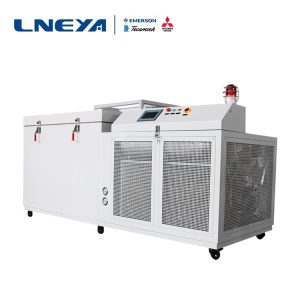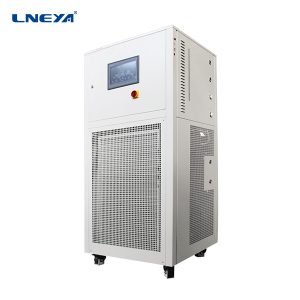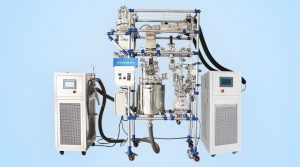Why does a chiller need to be installed for cooling the water storage tank?
The main reasons for configuring a chiller for cooling the water storage tank are related to the following aspects:
Temperature Control: In many industrial and commercial applications, such as air conditioning systems, chemical processes, food processing, pharmaceutical production, etc., the water in the water storage tank needs to be maintained at a specific low temperature state to meet process requirements or provide cooling capacity. The chiller reduces the temperature of water in the storage tank by circulating cooling water or refrigerant, and maintains this temperature within the set range to ensure stable system operation and product quality.
Improving Efficiency: In some applications, such as the comparison between air-cooled water chillers and water-cooled chillers, it is mentioned that chillers can provide higher cooling efficiency by directly cooling circulating water instead of relying on ambient air for heat dissipation. Especially when the ambient temperature is high, the chiller can provide low-temperature water more stably, avoiding the impact of environmental temperature fluctuations on the cooling effect.
Save Water Resources and Energy: The cooling system of the water storage tank equipped with a chiller can reduce water consumption by circulating cooling water. Meanwhile, modern chiller design emphasizes energy efficiency and adopts energy-saving technologies such as variable frequency drive and high-efficiency heat exchangers to reduce energy consumption.
Equipment Protection: In some process flows, such as reactor cooling in pharmaceutical processes and precision equipment cooling in semiconductor manufacturing, the chiller stabilizes the cooling water temperature to prevent equipment damage or performance degradation caused by high temperatures, thereby extending the service life of the equipment.
Environmental Adaptability: In areas with unreliable natural water sources or high temperatures, chillers can provide stable cooling capacity and are not affected by external environmental changes, ensuring uninterrupted cooling services throughout the year.
Flexibility and Scalability: The chiller can adjust its cooling capacity according to actual needs. For systems that require flexible adjustment of cooling capacity or may be expanded in the future, the chiller provides good adaptability and scalability.
In summary, configuring a chiller for cooling water storage tanks not only ensures precise temperature control and improves overall system efficiency, but also plays an important role in protecting critical equipment, saving resources, and adapting to different environmental conditions.
customized indoor and outdoor chillers
관련 권장 사항
-
Maintenance method of minus 17 ° C ultra-low temperature refrigerator
1087After the long-term use of the ultra-low temperature refrigerator of minus 17 °C, it is necessary to carry out certain maintenance work. If the user does not know how to carry out the maintenance work, you can contact the manufacturer to obtain th...
세부 정보 보기 -
Chip temperature control device selection instructions
1107With economic development and technological advancement, chip temperature control equipment has been developed by the chip industry. LNEYA, as a chip temperature control equipment manufacturer, also guarantees one of the performance and quality as...
세부 정보 보기 -
최적의 냉각기 솔루션을 선택하는 방법은?
1009Choosing a water chiller is like finding a "target" for an enterprise's production equipment. It must not only be "like-minded", but also "be well-matched". The one that suits you is the best. If the choice is not good, either the cooling effect ...
세부 정보 보기 -
Test instructions for refrigeration heating temperature control system for fuel oil test
1224The refrigeration heating temperature control system can be tested for different projects during operation. The detection of different projects is different. Among them, the refrigeration heating temperature control system for fuel oil testing is ...
세부 정보 보기
 LNEYA 산업용 냉각기 제조업체 공급 업체
LNEYA 산업용 냉각기 제조업체 공급 업체
















